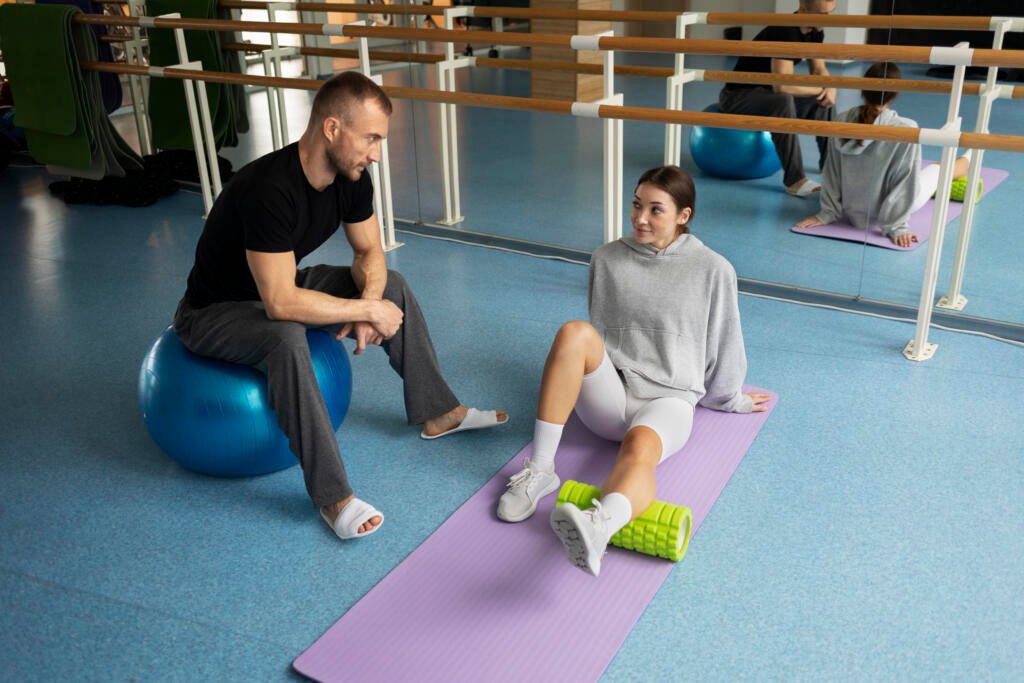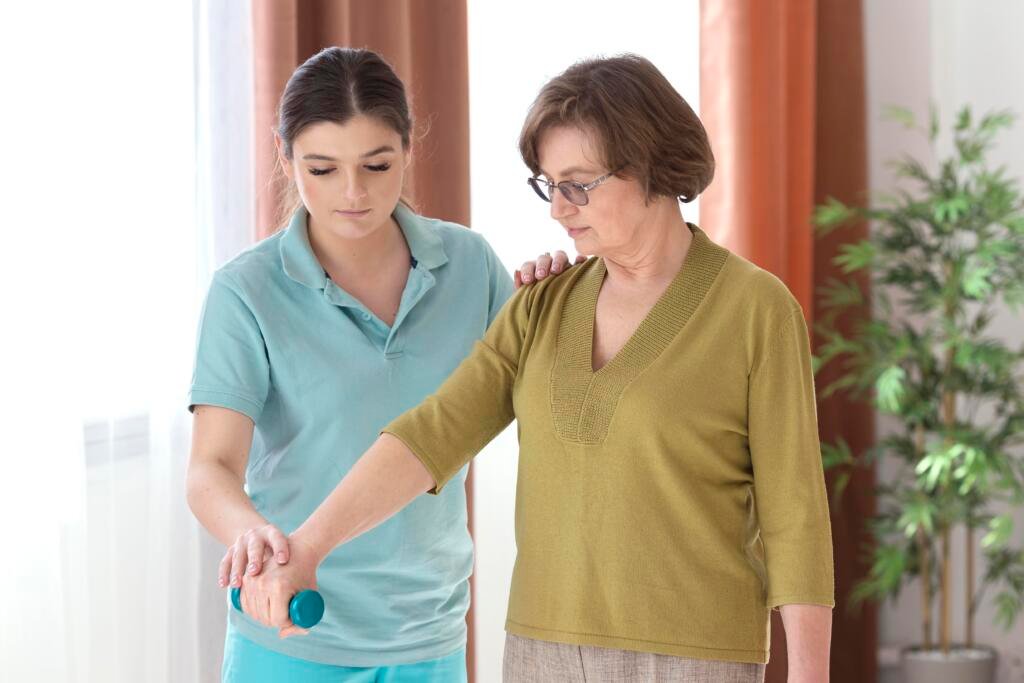Managing pain in older adults requires a comprehensive, multidisciplinary approach that addresses both physical and emotional well-being. A combination of healthcare professionals, including physiotherapists, doctors, occupational therapists, and dietitians, ensures a holistic treatment plan tailored to the unique needs of seniors.


Key Components of a Multidisciplinary Approach
- Physiotherapy: Focuses on improving mobility, reducing pain through exercises, spinal adjustments, and manual therapy.
- Medical Management: Physicians assess underlying conditions like arthritis or osteoporosis and prescribe medications if necessary.
- Occupational Therapy: Helps older adults maintain independence by improving daily activities and ensuring safe movement patterns.
- Nutritional Support: A dietitian provides guidance on nutrition to reduce inflammation, promote healing, and support overall health.
- Emotional Support: Addressing mental health through counseling and stress management techniques helps improve pain perception and overall well-being.
A multidisciplinary approach ensures personalized care, addressing both physical and psychological factors to enhance recovery and overall well-being.
Components of a Multidisciplinary Approach
- Physiotherapy
- Focuses on restoring mobility, reducing pain, and improving posture through tailored exercise programs, spinal adjustments, and manual therapy.
- Helps strengthen muscles, improve joint flexibility, and reduce the risk of falls, enhancing overall physical function.
- Medical Management
- Physicians assess underlying conditions such as arthritis, osteoporosis, or neuropathic pain and prescribe medications when necessary.
- Involves the use of pain relief strategies like anti-inflammatory drugs, corticosteroids, and other therapies to manage pain effectively.
- Occupational Therapy
- Aims to improve the ability to perform daily activities, enhance movement efficiency, and promote safety in home environments.
- Focuses on creating adaptive strategies and equipment recommendations, ensuring older adults maintain independence.

Mental Health Support
- Chronic pain can lead to depression and anxiety, so addressing emotional well-being is critical.
- Counseling, stress management techniques, and cognitive behavioral therapy help improve pain perception, reduce stress, and enhance quality of life.
Lifestyle Modifications
- Incorporating regular physical activity, proper posture, and ergonomic adjustments can reduce strain on joints and muscles.
- Encouraging activities like walking, gentle stretching, and strength training improves circulation and reduces stiffness.
Assistive Devices and Technology
- Use of assistive devices such as braces, walking aids, or specialized equipment can support mobility and reduce strain on joints.
- Telehealth solutions provide access to specialists remotely, ensuring continuity of care without the need for frequent in-person visits.


